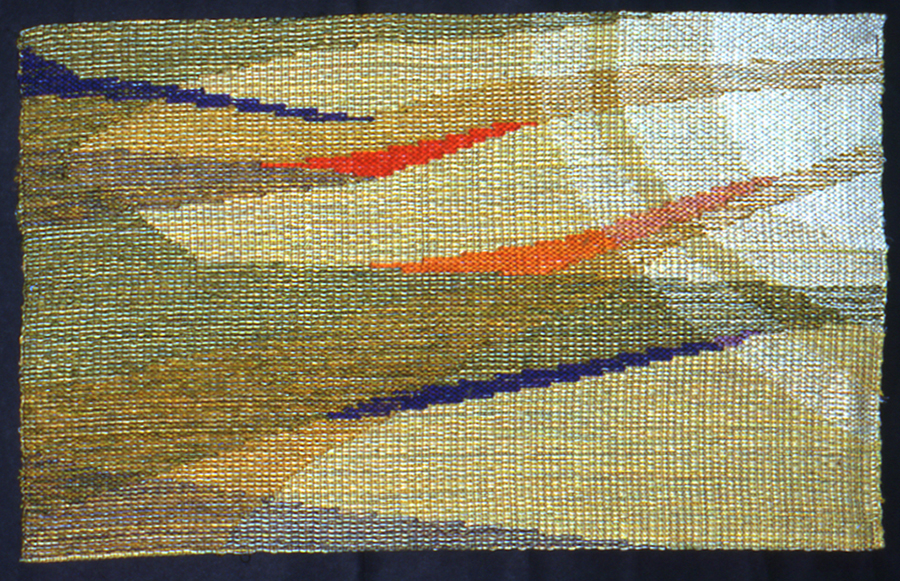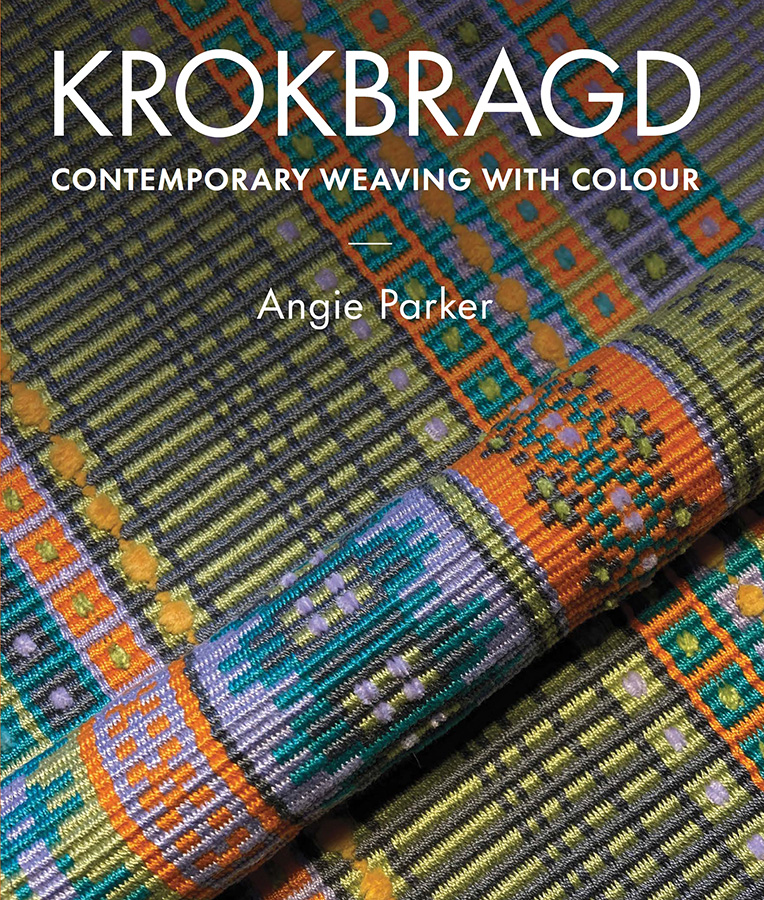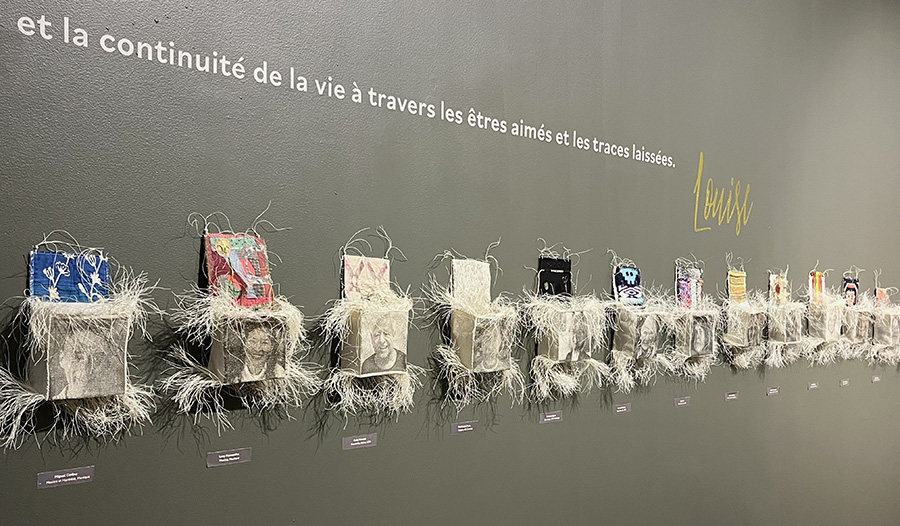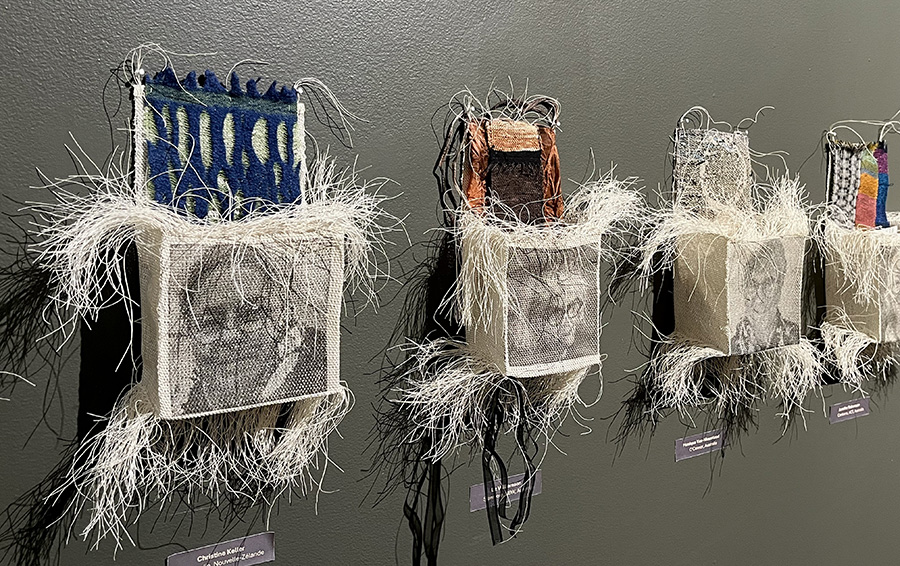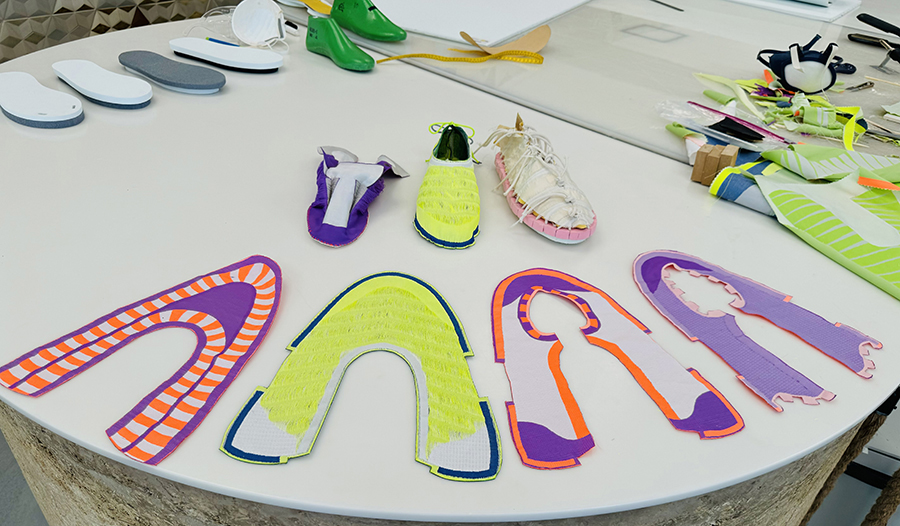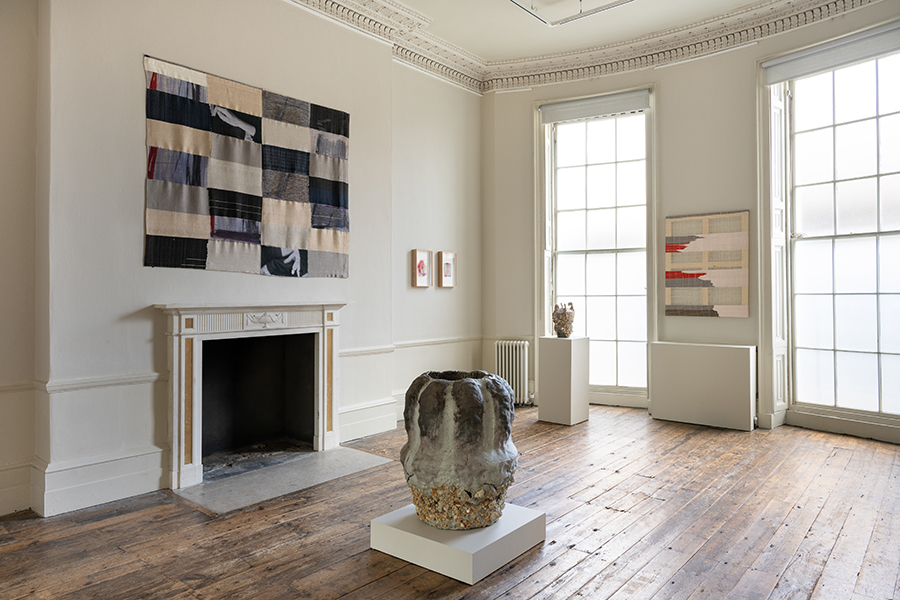 Role: Head of Product Development: Maternity Cover
Role: Head of Product Development: Maternity Cover
The role is to commence in August 2024 under a fixed-term contract (12-13 months)
PT Role, 24 hours per week, salary dependent on experience
Bristol Weaving Mill (BWM) work across both fashion and interiors, designing, developing, and manufacturing woven products and fabric for a variety of outcomes. End uses include but are not limited to Ready to Wear and Couture Menswear and Womenswear fabrics, finished shawls and scarfs, interior drapery, tapestry panels, upholstery fabric and finished interior soft accessories and products such as throws, blankets and cushions.
From their largest commercial client to the smallest personal project, each of their client relationships are based on offering a service catered to their individual needs.
BWM are looking for a driven and passionate leader with previous experience to head up their small Product Development team.
The successful applicant will need to be an excellent communicator and extremely organised with impeccable attention to detail and quality. The ability to self-motivate and
work independently as well as in a team is essential. A real passion for hand-weaving and woven design is essential for this opportunity to contribute to a small and dynamic creative business.
Responsibilities
Project Management:
Leading the Product Development team, setting and delivering monthly targets for client projects.
Together with the Production Manger to lead the organisation and monitoring of critical paths in line with company targets.
Together with the Production Manger to ensure work being completed by BWM sub-contractors runs smoothly.
Researching and implementing new supplier relationships when necessary.
Overseeing the division of responsibilities among the BWM Team and flagging up daily and weekly priorities.
Working closely with the team to make sure that any targets are specific, measurable, attainable, relevant and time specific.
Upholding the systems and procedures to ensure efficient and consistent productivity standards in the mill, including project management schedules and project documents.
Effectively communicating any changes to project critical paths to clients.
Weekly planning meetings including reporting to company Directors.
Product Development:
Oversee the Product Development team to ensure the workload is prioritised and distributed, and that projects are running smoothly and on-time.
Managing key client accounts for existing clients and developing new ones.
Align any personal design style with the BWM house style and successfully assume and amplify individual client aesthetics through design work.
Working closely with clients to develop their design ideas through meetings, trend research, mood- boards, CADs and handloom samples.
Hand-weave design samples for clients and directing other members of the BWM team to weave clientsamples.
Design CADs for clients and projects using Pointcarre weave software and Photoshop, including simulations of products and fabric, and developing original peg-plans and weave structures for client sampling.
Preparing designs for production thorough and organised digital documentation of design
developments, including product spec sheets, weave tickets, photographic records, and digitised mood-boards.
Liaising with Production team to ensure projects are handed over accurately and in a timely manner.
Always designing for the target market, ensuring fabrics and products are costed accurately and in-line with client price-point. Working with suppliers and in-house systems to provide detailed and accurate costings for clients as part of the design development process.
Client Communication:
Handling customer inquiries for the mill, maintaining communications with existing and new clients remotely by phone, video chat and email.
Initiating digital meetings and telephone calls with clients and meeting with existing and new clients in-house and at customer premises (mostly UK based only).
Updating clients on project progress throughout.
Manage client accounts, including issuing Quotes, Order Confirmations and Invoicing.
Training is provided for operation of in-house handlooms and CAD software (Pointcarre), but a thorough understanding of hand-weaving and woven construction, and previous experience with weaving software is essential for the role.
To apply please email your CV together with a covering letter and your digitalised portfolio, all in
PDF format to juliet@bristolweavingmill.co.uk by 6pm on Friday 31 st May 2024.
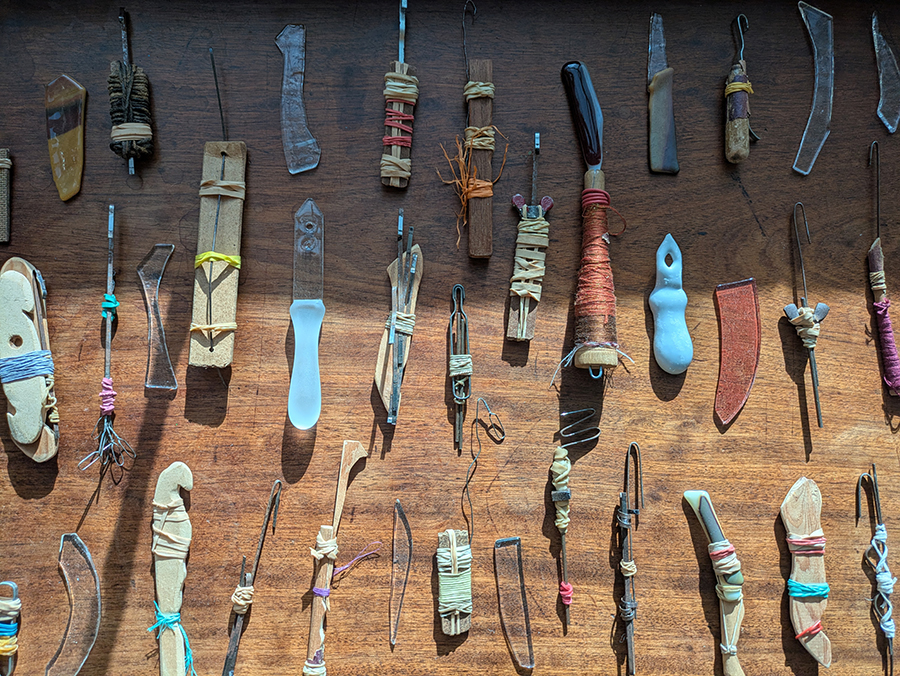 ‘Hanging By a Thread’ at Sunny Banks Mill
‘Hanging By a Thread’ at Sunny Banks Mill
